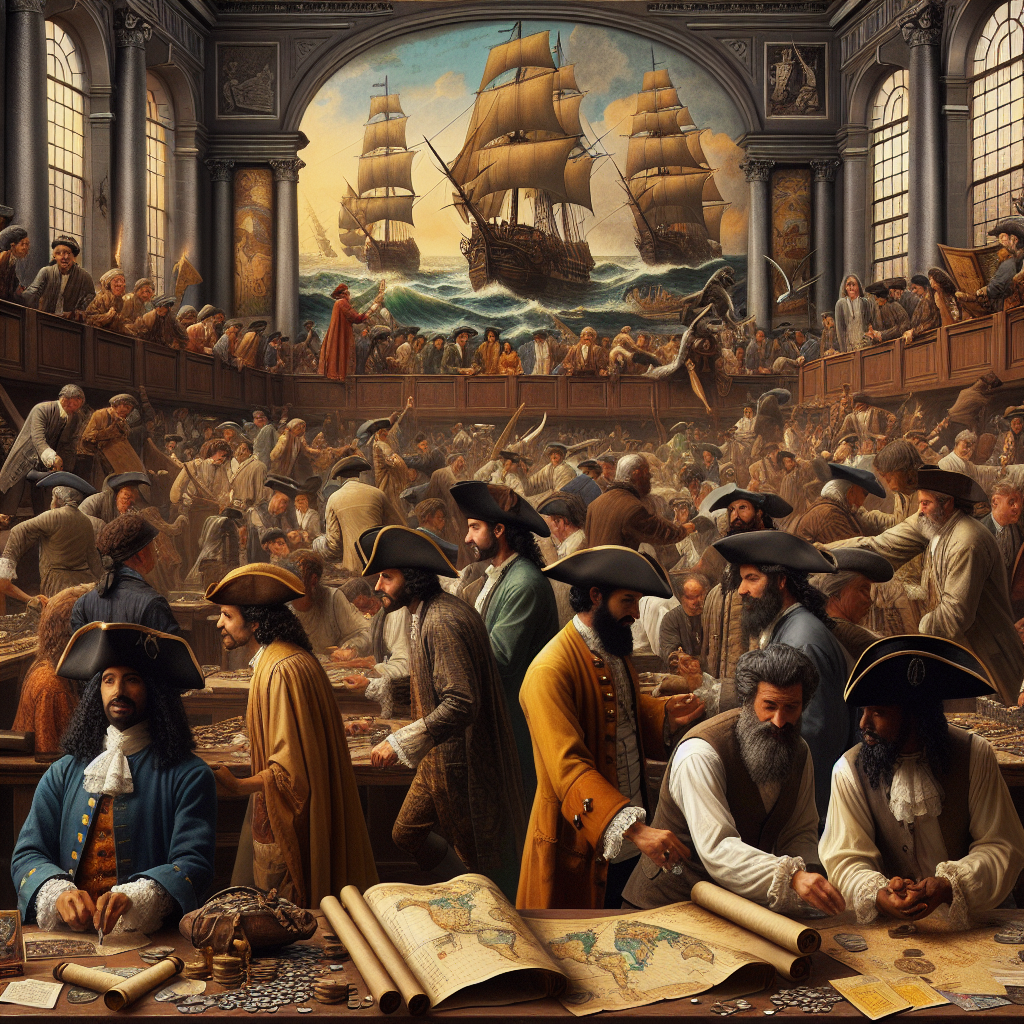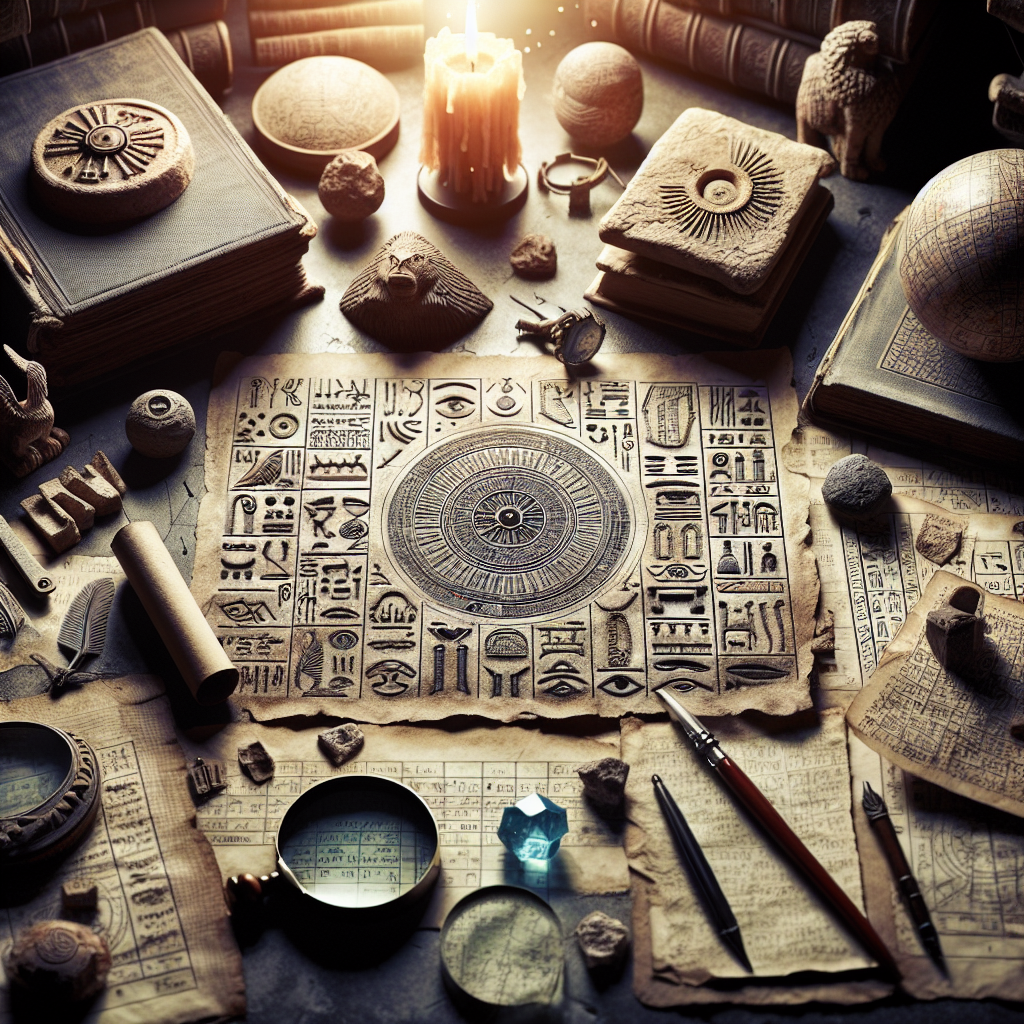One of the most intriguing among them is the Indus Valley Civilization, which flourished around 2500 BCE in what is now Pakistan and northwest India. While often overshadowed by Egypt and Mesopotamia, the Indus people built some of the world’s first planned cities, complete with grid layouts, sophisticated drainage systems, and standardized building materials. The cleanliness and urban planning evident in cities like Mohenjo-Daro and Harappa were unmatched for millennia. Their still-undeciphered script hints at a complex administration and cultural system. Modern sanitation and city zoning owe more to their early blueprints than many realize.
Another often-overlooked civilization is the Hittite Empire, based in Anatolia (modern-day Turkey) around 1600 BCE. Long forgotten until their rediscovery in the early 20th century, the Hittites were among the first to master the art of ironworking—a technological leap that marked the transition from the Bronze Age to the Iron Age. Their legal codes and diplomatic practices, including one of the earliest recorded peace treaties with Egypt after the Battle of Kadesh, show a surprisingly advanced understanding of international relations and law. The very concept of peace negotiations, so central to modern diplomacy, owes something to their example.
Far to the east, the Kingdom of Axum in present-day Ethiopia once stood as one of the great powers of the ancient world. From the 1st to the 7th century CE, Axum dominated Red Sea trade routes, connecting Africa, Arabia, and the Mediterranean. They minted their own coins, built monumental obelisks, and adopted Christianity long before most of Europe. In many ways, Axum was a bridge between the classical world and sub-Saharan Africa, and remnants of its influence still persist in Ethiopian culture and architecture today.
Equally fascinating are the Olmecs, the “mother culture” of Mesoamerica, who flourished around 1200 BCE in what is now Mexico. They are best known for their colossal stone heads—massive sculptures that remain mysterious both in purpose and in creation. The Olmecs developed the earliest known writing system and calendar in the Americas, innovations that would later shape the Maya and Aztec civilizations. Even the concept of the sacred ballgame, found across Mesoamerican cultures, traces back to Olmec religious rituals. Their influence stretched over a thousand years, silently laying the foundations of Central American civilization.
Then there are the Nabataeans, the desert traders who carved the spectacular city of Petra into the red sandstone cliffs of Jordan. Active from the 4th century BCE to the 2nd century CE, they were masters of hydraulic engineering, constructing cisterns and channels that allowed them to thrive in one of the harshest environments on Earth. Petra wasn’t merely a hidden city—it was a crossroads of commerce linking Arabia, Egypt, and the Mediterranean. Their innovations in water management and architecture prefigured modern desert urbanism, where adaptation to environment is key.
The Minoans of Crete, another civilization often overshadowed by later Greek glory, deserve mention for their vibrant art, maritime trade, and the architectural complexity of the palace at Knossos. They may have been the first Europeans to establish a form of writing (Linear A), and their mythology—particularly the story of the Minotaur—survives in fragments within Greek legends. The Minoans set the stage for European urban culture long before Athens or Sparta rose to prominence.
These forgotten civilizations remind us that human progress is not a straight line drawn by a few famous cultures, but a vast tapestry woven by countless peoples whose contributions built the framework of the modern world. Their legacies endure—in the cities we design, the treaties we sign, and the technologies we depend upon. To remember them is not just an act of historical curiosity, but an acknowledgment that innovation, art, and wisdom often bloom in places the world forgets. The story of civilization, after all, is the story of humanity itself—shared, diverse, and endlessly rediscovered.





